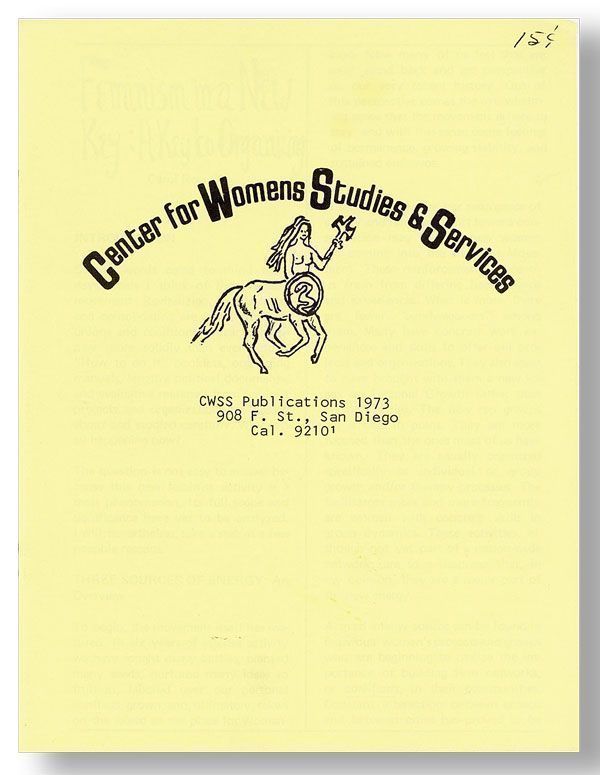This illustrated life of San Juan de la Cruz captures the spiritual journey and miracles of the first male Discalced Carmelite and spiritual companion of the rock-star Renaissance nun Santa Teresa de Ávila. It was printed shortly after his beatification and focuses heavily on his interactions with nuns of this newly created religious order of the Counter-Reformation period. The texts and images also imaginatively reproduced important moments in San Juan’s many travels, his foundation of Discalced Carmelite houses across Spain, and several years’ persecution with St. Teresa by the Spanish Inquisition. Among the many detailed and handsomely engraved images is the famous scene of Teresa and Juan simultaneously rising up into the air and levitating side-by-side, uplifted by their seraphic discussion of the mystery of the Holy Trinity; another depicts Juan miraculously exorcizing a demon from a possessed nun in the convent. Only three other copies of this first edition are known, one in the British Library and two (one missing numerous of the engravings) in the National Library of Spain.














 (
(